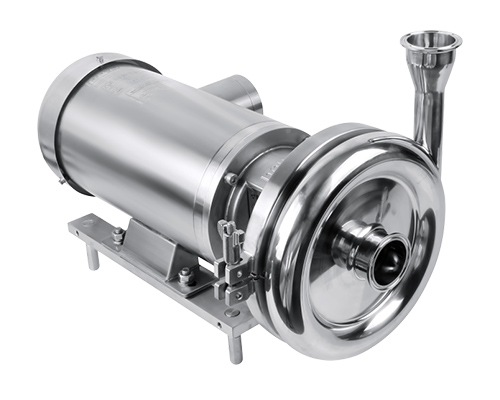Pumps are mechanical devices that are used to move fluids or gases from one place to another. They play a crucial role in various industries and applications. There are three main types of pumps: positive displacement pumps, centrifugal pumps, and axial flow pumps. The following is an in-depth exploration of each type:
Positive Displacement Pumps
- Working Principle: Positive displacement pumps operate by trapping a fixed amount of fluid within a chamber and then displacing it to the discharge side. This is achieved through the movement of mechanical components such as pistons, gears, or vanes. As the component moves, it creates a vacuum that draws in fluid on the suction side and then forces the fluid out on the discharge side.
- Applications: They are commonly used in applications where a precise and constant flow rate is required, regardless of the pressure. Examples include metering pumps in chemical processing plants, where accurate dosing of chemicals is essential, and in oil and gas industries for transferring high-viscosity fluids like crude oil.
- Advantages: Positive displacement pumps can handle high viscosities and provide a consistent flow rate even under varying pressure conditions. They also have a high tolerance for particulate matter in the fluid.
- Disadvantages: They tend to be more expensive than other types of pumps and have a relatively lower maximum flow rate. Maintenance can also be more complex and costly due to the close tolerances and intricate mechanical parts.
Axial Flow Pumps
- Working Principle: Axial flow pumps operate by imparting axial thrust to the fluid. The impeller of an axial flow pump has propeller-like blades that rotate and push the fluid parallel to the axis of the pump. This creates a continuous flow of fluid in the axial direction.
- Applications: They are commonly used in applications where a large volume of fluid needs to be moved with a relatively low head (pressure). Examples include in irrigation systems for moving large volumes of water over short distances, and in sewage treatment plants for pumping wastewater.
- Advantages: Axial flow pumps have a high flow rate capacity and are relatively efficient for low-head, high-flow applications. They also have a compact design, which makes them suitable for installations where space is limited.
- Disadvantages: They are not suitable for applications that require high pressure or a precise flow rate control. The efficiency of axial flow pumps decreases significantly at low flow rates.
Centrifugal Pumps
- Working Principle: Centrifugal pumps work based on the principle of centrifugal force. A rotating impeller inside the pump casing accelerates the fluid radially outward from the center of the impeller. This creates a low-pressure area at the center, which draws in more fluid from the suction side. The kinetic energy imparted to the fluid by the impeller is then converted into pressure energy as the fluid exits the pump.
- Applications: They are widely used in water supply systems, HVAC systems for circulating water or refrigerant, and in many industrial processes where large volumes of fluid need to be moved at relatively low pressures. For example, in a power plant, centrifugal pumps are used to circulate cooling water.
- Advantages: Centrifugal pumps have a simple and robust design, which makes them relatively inexpensive and easy to maintain. They can handle large flow rates and are suitable for a wide range of fluid viscosities.
Disadvantages: The flow rate and pressure output of centrifugal pumps are highly dependent on the speed of the impeller and the system resistance. They are not as efficient as positive displacement pumps at very high pressures or when dealing with highly viscous fluids.

In conclusion, understanding the characteristics and applications of these three types of pumps is essential for selecting the right pump for a specific industrial or commercial application. Each type has its own strengths and weaknesses, and the choice depends on factors such as the nature of the fluid, the required flow rate, pressure, and the specific operating conditions of the system.


